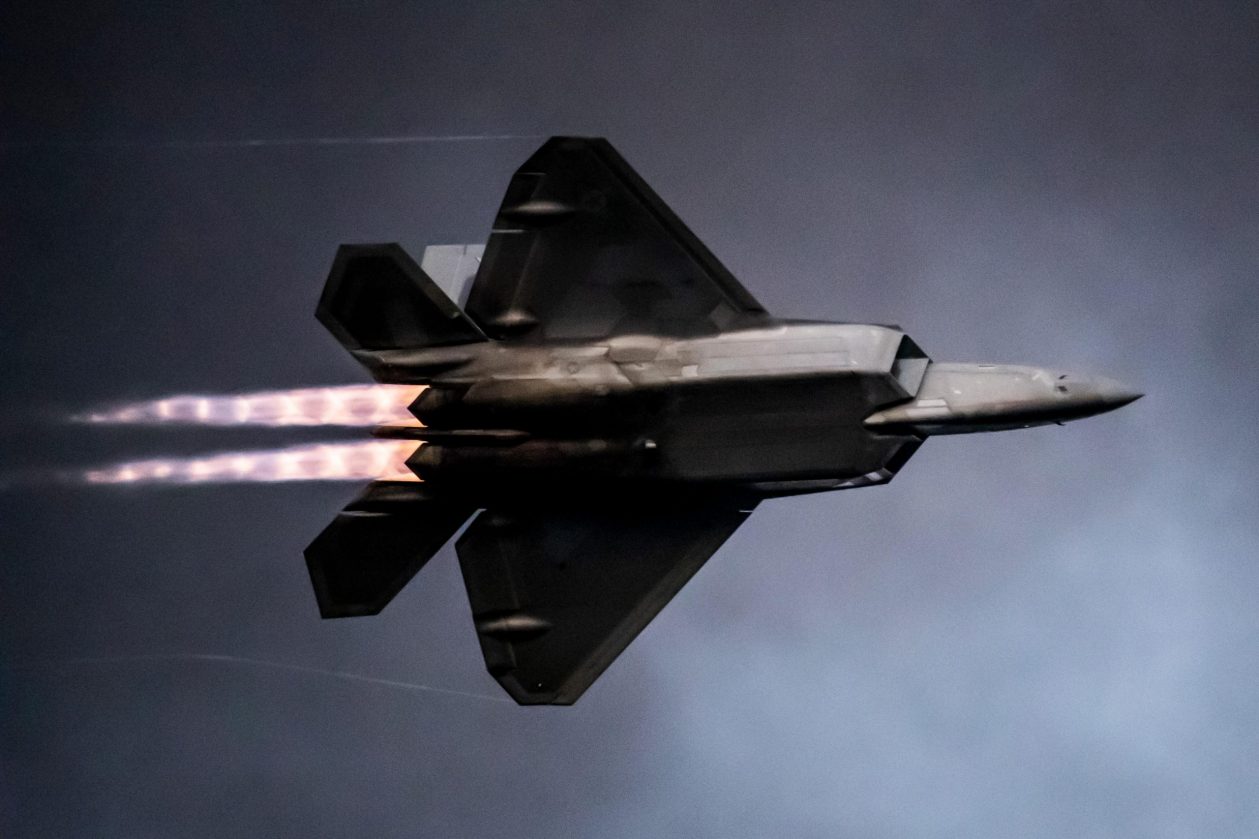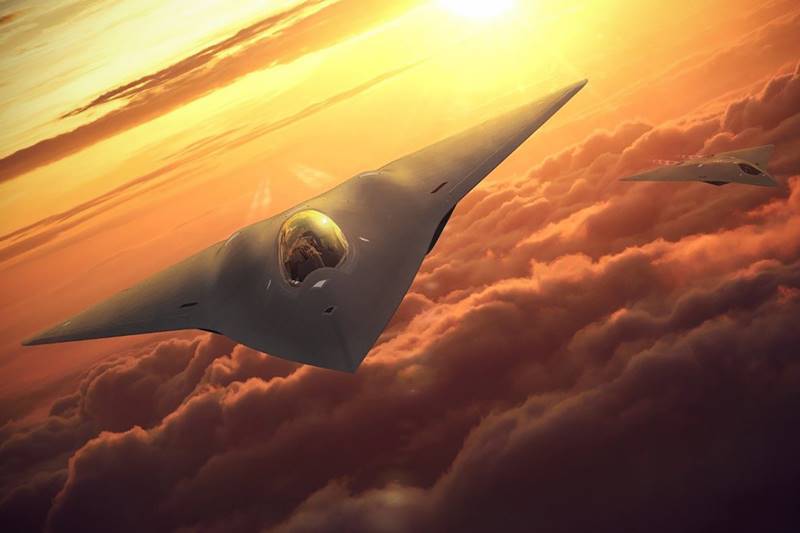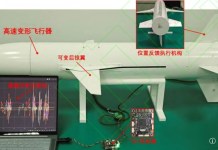In 2023, the US Air Force plans to retire over three dozen F-22 Raptor stealth fighter jets while it seeks 24 Boeing F-15EX aircraft, more than double the number requested last year.
The service plans to retire 33 of its older F-22 fighter jets. These aircraft are reportedly no longer combat capable and are solely used for training.
According to Maj. Gen. James Peccia, the Air Force’s Deputy Assistant Secretary for Budget, the cost of making these F-22s ready for combat will be $1.8 billion over eight years, which is astronomically high.
The service plans to use this cost towards modernizing the operational Raptors and the F-35s, while also boosting its spending on the NGAD sixth-generation futuristic fighter jet. Cutting down the size of its fleet is part of a long-drawn strategy ‘the 4+1 fighter plan’ to be implemented by 2030.
The “4+1” plan calls for the F-22 as one leg, followed by the Next-Generation Air Dominance fighter; the F-35 as the “cornerstone” of the fleet as another; the F-15E/EX as a supplement to carry huge armaments as a third; and F-16s as force-capacity maintenance as a fourth.
According to the United States Air Forces, the F-22 Raptors will be phased out by 2030 with NGAD’s induction.

The F-15s have traditionally been considered the best dog-fighters in the US fleet and have proved their mettle with several other air forces in the world. It was designed to replace the third-generation F-4E Phantom and compete with top-of-the-line Soviet aircraft.
However, the F-15 has been upgraded consistently with the latest F-15EX variant being pitched by the US Air Force to several friendly countries. If the additional demand is anything to go by, the F-15EX is here to stay longer than the Raptors.
F-22: Successor to the Eagles
The Raptor was designed to improve on the F-15’s superior flight performance by adding a new generation of sensors, more agility through thrust vectoring, increased endurance, new avionics and data linkages, and, most importantly, a radar-evading stealth profile for increased survivability. This was to be accomplished while lowering the F-15’s already high operating costs.
The F-22 was supposed to take over as the top air-superiority fighter from the F-15A/B/C/D Eagles. The US Air Force sought to buy 750 F-22s at first, but that number was reduced to 381 and later terminated at just 187. Lockheed Martin delivered the last F-22 in 2012.
The F-22 was designed to replace the F-15s. However, manufacturing was unexpectedly halted. The key reason was that the US was less focused on stealth air superiority fighters due to a lack of information about Russian and Chinese fifth-generation fighter development.
The other reason was high costs, as well as the eventual development of the F-35, as previously noted by EurAsian Times.

According to experts, the F-22 program failed to provide a credible successor to the F-15 because it was unable to achieve its primary purpose. The Raptor had a shorter range than the Eagle, had a much harder time incorporating upgrades, and by the mid-2010s, its avionics had fallen behind the latest F-15 models. It also had much higher maintenance and operational costs.
Abhijit Iyer-Mitra, a senior fellow at the Institute of Peace and Conflict Studies (IPCS) told the EurAsian times — “The F-22 was built with such sensitive technology that it was never meant for export, not even to United States’ closest allies like Australia and Japan.
Original numbers to be manufactured ran in thousands but were ultimately chopped to a few hundred. The main reason why it could not make it ‘big’ was primarily because of the maintenance nightmare as the systems were highly problematic and required about 30 hours of maintenance per one hour in the sky. In terms of preparation and reliability, it was highly problematic.
The Americans believed it was a complete over-kill as there was no competition when it first took to the skies. It did not have a challenger for about 20 years. Now, it is kind of the end of its life cycle because, with stealth fighters, the upgrade is limited. On the other hand, the F-15 is reliable because it is not spatially constrained and could be upgraded as much as desired.”
While the officials have confirmed that the Raptors that are being dumped are mere trainers, it is also true that the USAF and aerospace industry is completely invested in the NGAD program that is to effectively replace all the Raptors and play the primary role of air dominance fighters by 2030.

Air Force Chief of Staff Gen. Charles Q. Brown Jr. made it clear that “air dominance” would be a top priority for the aircraft with the capability of performing multiple roles.
The aircraft’s primary purpose, he said, will be air dominance, but it will also be able to hit ground targets. The US Air Fleet plans to reduce its fighter jet force to only four types of aircraft, according to Brown: the F-35, F-15EX, F-16, and NGAD.
F-15s To Outlive The Raptors
In the meantime, the F-15EX will continue to be purchased, as its performance advantages over the Raptor, aside from its far easier maintenance and better availability rates, have become increasingly obvious.
The F-15EX possesses sensors and avionics that are one to two decades ahead of the F-22, as well as the capacity to super-cruise and much longer endurance than the Raptor.
Unlike the Raptor, which lacked standoff air-to-ground or anti-ship weapons, the F-15EX is a strong candidate for the title of best strike fighter in the world, having a large number of standoff missiles.

The F-15’s adoption of an infrared search and track system has enhanced its sensor advantage, potentially making it far more lethal than the enemy stealth targets. Despite multiple modifications and enhancements, the F-15 has remained unrivaled in aerial combat, claiming numerous wins on the battlefield.
“The F-22 was conceived as a Low Observability fighter that could evade detection & penetrate contested airspace to destroy adversary AD assets, thereby clearing the airspace for legacy fighter operations.
The Pentagon’s decision to start withdrawing F-22 Raptors from service can be attributed to the aircraft’s limited payload, the prohibitive cost of operations and the advent of multi-spectrum radars that can track stealth fighters. Operating against a peer adversary, the F-22 lacks the stealth & punch to clear adversary airspace for legacy fighters”, told former Indian Air Force (IAF) pilot Vijainder K Thakur told The EurAsian Times.
“Since the F-22 was conceived, due to technological advances, a paradigm shift is emerging on the optimal approach for achieving air dominance. Next Generation Air Dominance (NGAD), for example, relies on a system of system approach as against a single platform approach. Legacy fighters such as the F-15EX could fit into the NGAD concept as controlling fighters or weapon trucks”, he added.
The F-15EX has 70 percent commonality of parts with the US Air Force’s existing F-15C and F-15E aircraft. This will most likely aid in the maintenance of an “in-production” aircraft. The F-15EX would be equipped with essentially identical ground equipment, hangars, simulators, and other support equipment as the F-15 Eagles.
The F-15EX costs about the same per unit as the F-35. The advantage, though, is in the ease of transfer. As a result, current F-15 squadrons may switch to the F-15EX variant in a matter of weeks.
Miguel Miranda, an international defense analyst said, “The F-22 is now approaching 20 years in service and has aged considerably without new airframes added to the existing fleet.
Keep in mind that its production line was terminated 14 years ago at a time when the DoD was in an austerity phase for a variety of reasons. Unfortunately, even if the USAF enjoyed the twin advantages of the F-22 and the F-35 meanwhile China and Russia caught up with their own twin-engine 4.5 generation stealth fighters. The rationale for ordering more F-15s–rather, the F-15EX variant–is it has an active production line that’s now supplying clients in the Middle East.”
The USAF plans to keep buying F-15EXs at a faster pace in the next fiscal years, with the goal of selling off all of its remaining F-15C/D Eagles by 2026. In the fiscal year 2023, the Air Force plans to retire 67 of the approximately 220 Eagles that are still in service.
As the experts pointed out, the time when the F-22 Raptors are out and the F-15s are set for another round of export as well as American use.
- Contact the author at sakshi.tiwari9555@gmail.com
- Follow EurAsian Times on Google News




